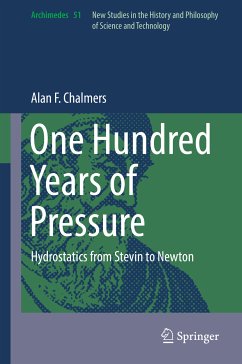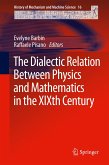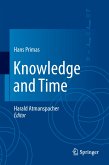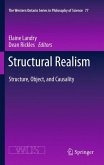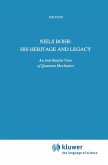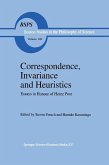The key, the author argues, is the new insights into the concept of pressure that emerged during the Scientific Revolution. This came about due to contributions from such figures as Simon Stevin, Pascal, Boyle and Newton. The author compares their work with Galileo and Descartes, neither of whom grasped the need for a new conception of pressure. As a result, their contributions to hydrostatics were unproductive.
The story ends with Newton insofar as his version of hydrostatics set the subject on its modern course. He articulated a technical notion of pressure that was up to the task. Newton compared the mathematical way in hydrostatics and the experimental way, and sided with the former. The subtleties that lie behind Newton's position throws light on the way in which developments in seventeenth-century science simultaneously involved mathematization and experimentation.
Dieser Download kann aus rechtlichen Gründen nur mit Rechnungsadresse in A, B, BG, CY, CZ, D, DK, EW, E, FIN, F, GR, HR, H, IRL, I, LT, L, LR, M, NL, PL, P, R, S, SLO, SK ausgeliefert werden.
"Chalmers (retired, Univ. of Sydney, Australia) delves into the understanding of pressure that has evolved over the centuries ... . The main focus is how the knowledge of pressure within a stationary liquid ... developed in the context of historical changes. Chalmers explores the mechanistic philosophy that led to the understanding of the concept, with major shifts after the 17th century. ... Summing Up: Recommended. Upper-division undergraduates and above; faculty and professionals." (N. Sadanand, Choice, Vol. 55 (4), December, 2017)
"This book should be availablein the library of institutions that have researchers in either of these fields. Likewise, physicists from the field of hydrostatics will probably enjoy reading Chalmers' book and benefit from his analysis." (Peter Heering, Science and Education, Vol. 27, 2018)

